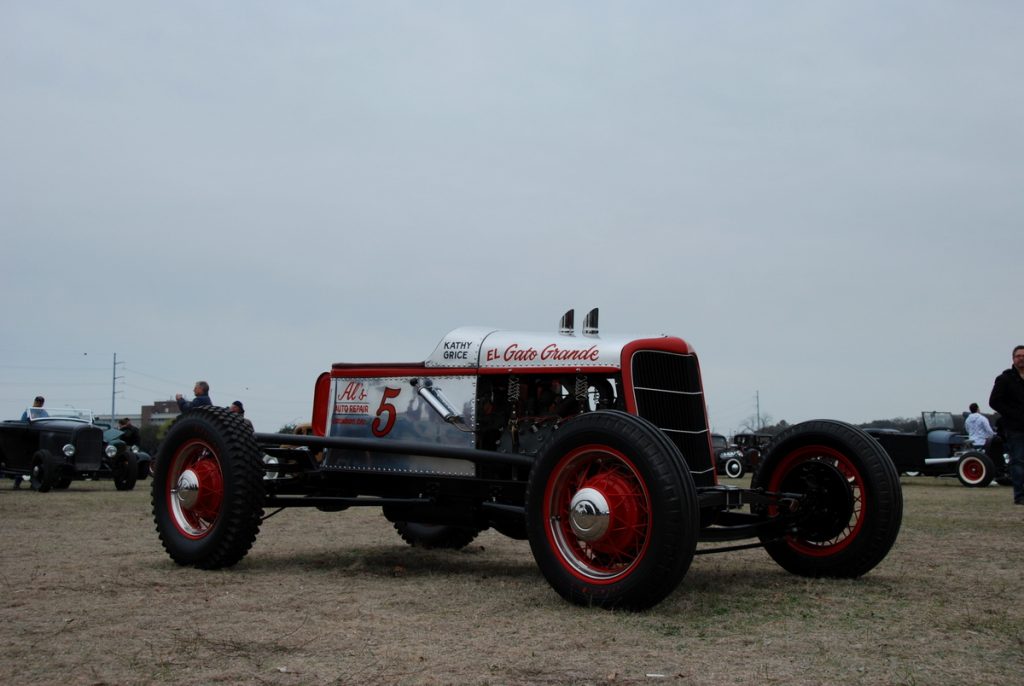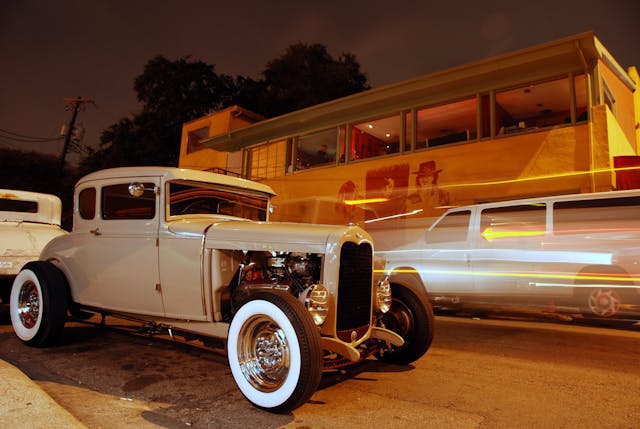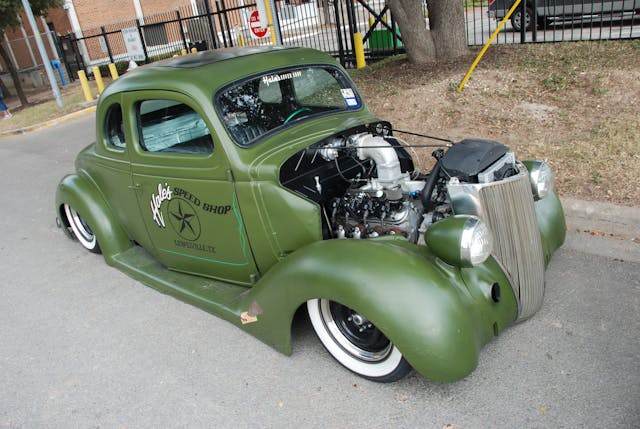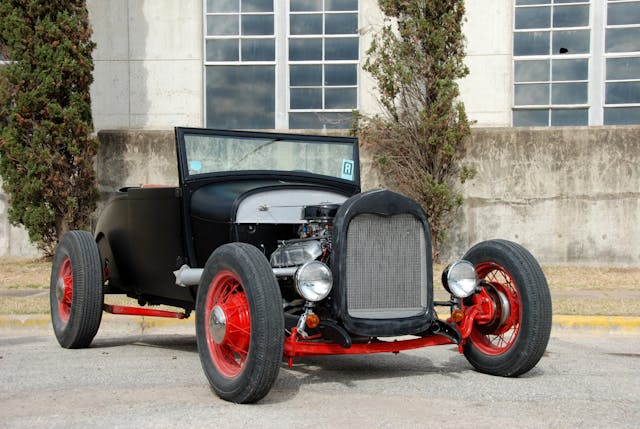6 hot rod body styles you need to know
In many ways, the terms used to describe the myriad body styles of hot rods read like scientific names for chemical compounds. Take dihydrogen monoxide, for instance: two atoms of hydrogen with one atom of oxygen. While it sounds like some complicated chemical jargon, it’s really just water, H2O.
When you’re equipped with the nuts and bolts of hot-rodding vocabulary, you can easily decipher the plethora of terms used to denote different body styles. Similar to chemical nomenclature, the different names are highly specific—and useful to know. Today we’re going to break down the terms used to describe the exact molecular chain of automotive features that comprise some of our favorite custom rides.
Gow job

Strange name, right? Before the term “hot rod” was in vogue (many early gearheads actually found the term derogatory), the preferred nomenclature was “gow job” or simply “gow.”
Most people consider the genesis of hot rodding to take place after WWII, when soldiers returned to the U.S. fascinated by mechanized transportation and eager to use their newfound mechanical skills. However, these pre-war gow jobs were the true pioneers. (At the time, the term “hot rod” was reserved for the retro equivalent of a vape-smoking dude-bro in his straight-piped 350Z.) Gows were machines of function over form and often sported a somewhat ragged appearance, thanks to their builders’ penchant for removing “unnecessary” body panels to save weight in early land speed and beach racing.
While the term is usually applied to hopped-up Model-Ts, the etymology of the word “gow” goes back to the 1800s and the Cantonese word for opium, “yao-kao.” The term was used in horse racing to describe drugged-up or “gowwed-up” horses, and the phrase made a short leap to early hot rods that were similarly hopped up for performance. It wasn’t until the post-war era that “hot” evolved to describe something cool, hip, or fast and “hot rod” became the universal term for a modified car.
Coupe

Similar to “gow,” the term “coupe” hails from the horse-and-buggy days before the advent of automobiles. Horse-drawn carriages—specifically, coaches—were the four-door sedans of their time, equipped with multiple rows of seating to carry around a group of people. The word “coupe” itself comes from the French verb meaning to cut. In contrast to heavy, people-hauling coaches, horse-drawn coupes were shortened carriages centered around a lighter package with single-row seating for personal transportation.
It comes as no surprise that two-door cars with fixed roofs quickly donned the title. Of course, there are many shades of coupes, so …
Club coupe/Tudor

Club coupes, also known as Tudors, carry a full-size back seat but still require front-door access. These are essentially compact sedans, sporting shorter bodies while boasting full seating capacity.
Business coupe

Before the rise of the internet in the 1990s, many products were sold through a network of door-to-door salespeople in the early 20th century. If you know anything about sales, you know that first impressions are everything; business coupes grew out of the need for classy but utilitarian transportation and carried these road warriors and their wares across the nation. They were typically lower-cost coupes with the back seats removed for the product in question. In some cases, business coupes had an opening into the trunk to allow for extra storage or even a nap—a frugal alternative to motor lodges.
Roadster

Roof? Nah. Side windows? Hell no.
A favorite in southern California’s consistently sublime weather, roadsters are strictly defined as open-top hot rods with no permanent roof of any kind, though canvas tops are optional. Side windows are similarly banned from the equation and are the key factor distinguishing a roadster from a fully-enclosed convertible with roll-up windows.
Hi-boy

Have you ever seen a hot rod so low to the ground that simply opening the door shaves a few layers of paint off the parking lot lines? Chances are that the body has been “channeled” over the frame: The floor is raised along the frame rails so that the rails sit in “channels” in the underbody, allowing the body to be mounted lower on the chassis.
As channeling became more common, the term hi-boy/highboy rose to define unmodified hot-rod bodies that sat still on top of the frame rails. Specifically, one that no longer has its fenders and running boards. This term can be used in conjunction with the aforementioned body styles. For example, a highboy roadster is a roadster without a channeled frame (pictured above).
What’s your favorite hot-rod body style?


